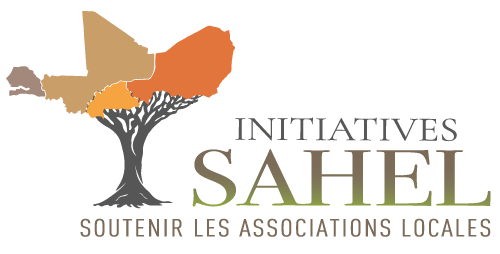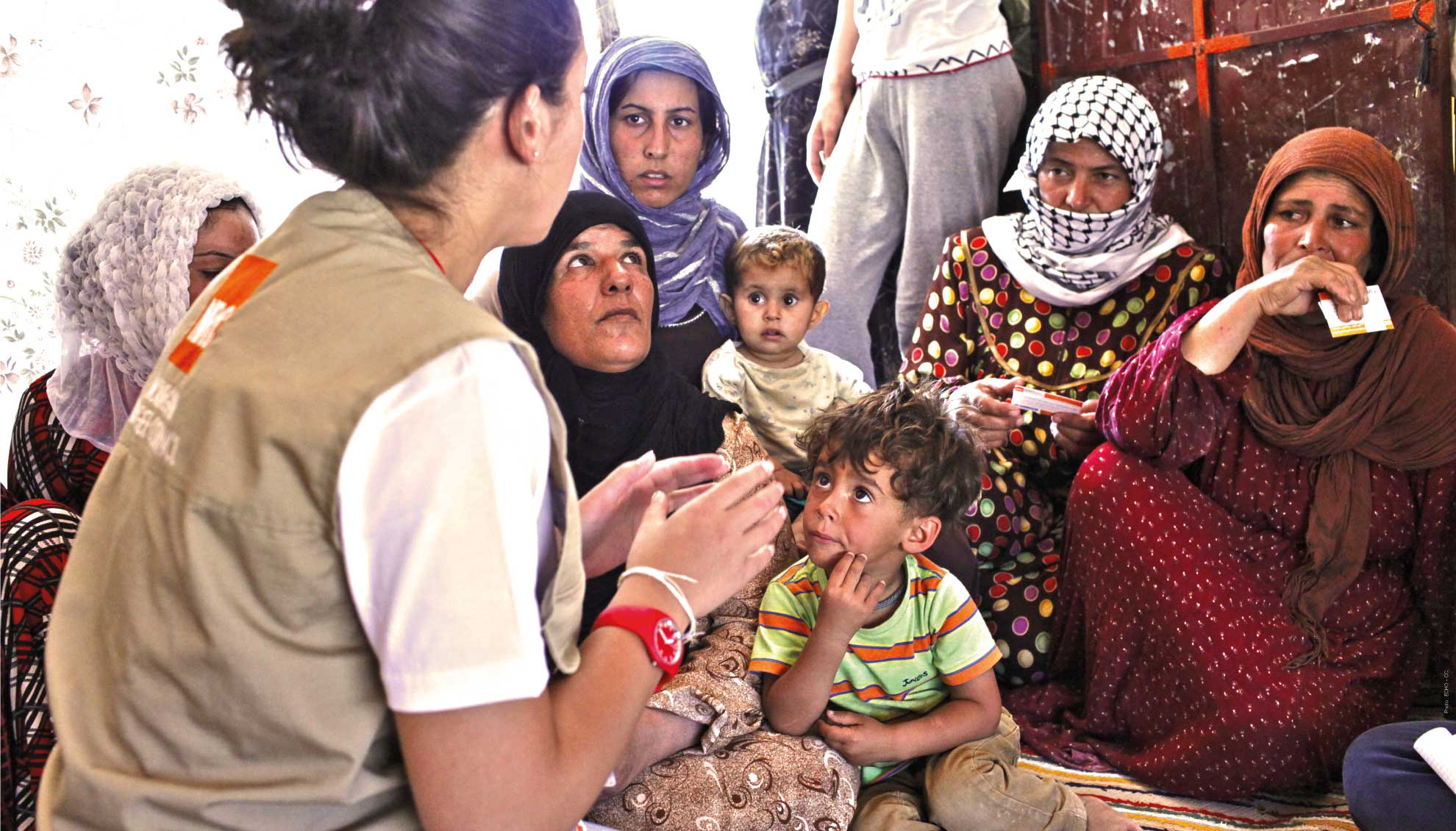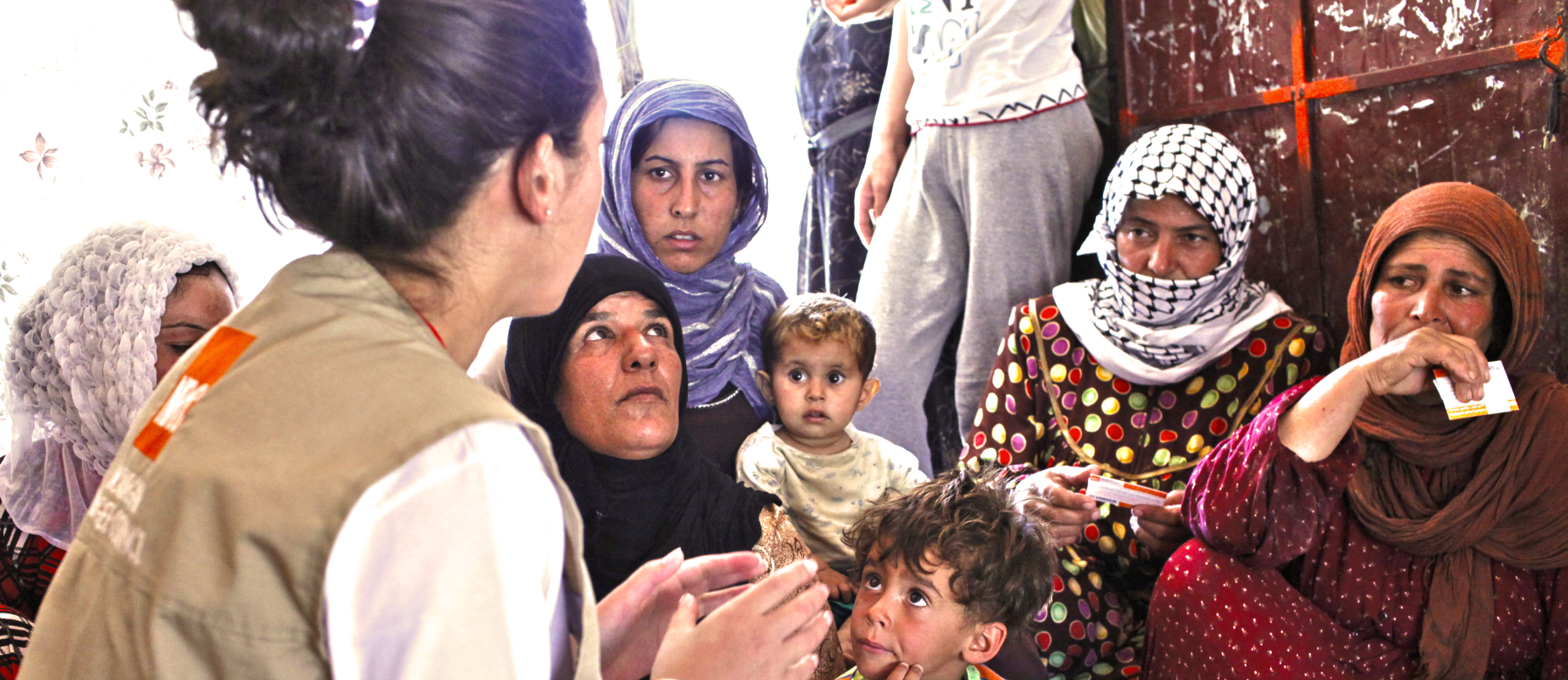
The State of Humanitarian Professions
The State of Humanitarian Professions 2020 (SOHP) is the result of a year-long consultation with more than 1,500 humanitarian professionals. For the first time, this study gathers and analyses key figures on 24 humanitarian professions, as well as on recruitment practices and professional development in the sector. In addition, the SOHP study demonstrates the need to coordinate on the challenges of professionalising humanitarian teams, with 19 recommendations to be discovered in the final report. Discover all its features: full report, executive summary, recommendations, conference…
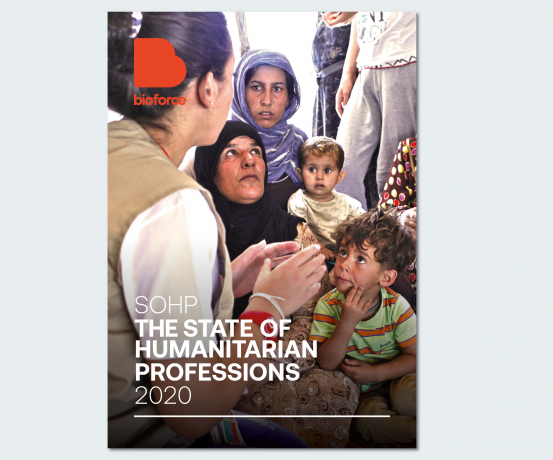
SOHP 2020: professionalisation, a guarantee of the quality of humanitarian aid
Download the full report. Analysis and synthesis of interviews of key informants, survey, 11 local workshops in 10 countries, additional study on the impact of covid-19 on humanitarian professions, and recommendations from the conference on professionalisation in the humanitarian sector.
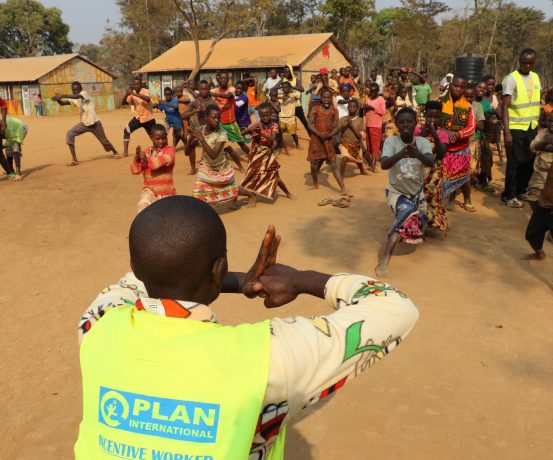
Executive Summary
SOHP 2020’s main findings and observations: humanitarian environment, humanitarian professions, trends in recruitment, professional development and career progression, humanitarian competencies, impact of covid-19 and recommendations for next steps.
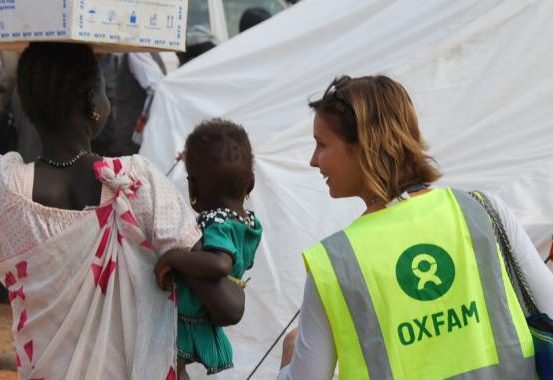
Recommendations for next steps
The study aimed to support humanitarians and humanitarian organisations in their drive to professionalise and continuously improve humanitarian action. With this goal in mind, the study generated 19 specific, practical recommendations, focused on the most important issues highlighted by the research.
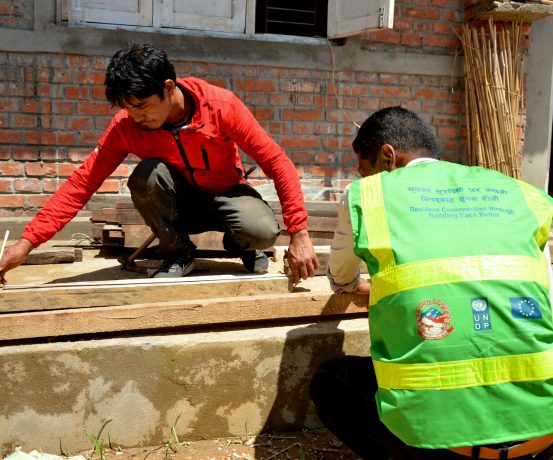
The SOHP conference gathers more than 500 humanitarian professionals
On 17 November 2020, 566 professionals from all continents met online to find out the first findings of the study and to work together to draw up 19 recommendations.
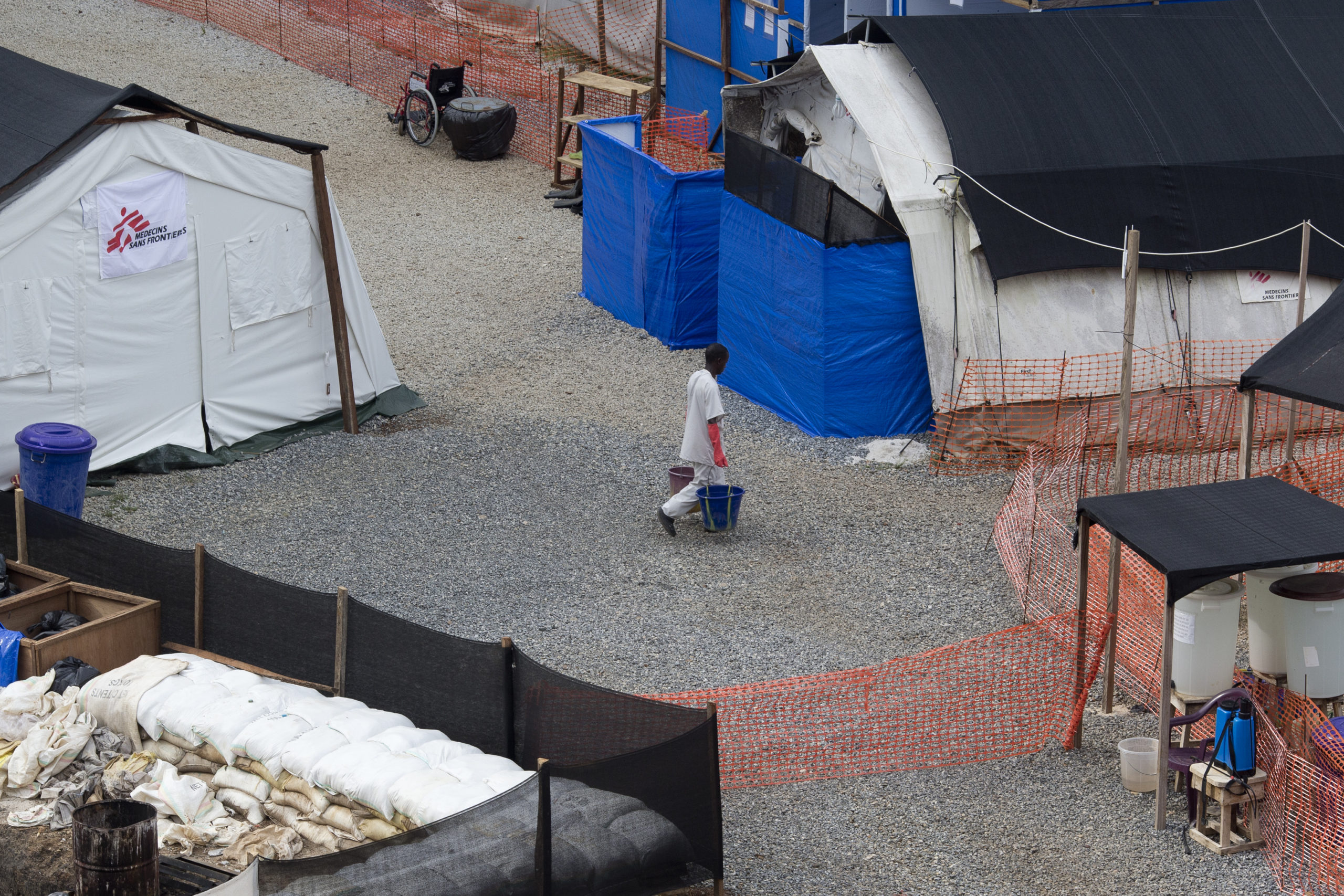
“The State of Humanitarian Professions” project: providing a reference tool to the aid community
In a rapidly changing aid ecosystem, how to help humanitarian organisations better recruit, retain and develop competent staff? How to help individuals have greater clarity on how they can enter the aid sector and be effective for people in need? How to help learning providers better target the most acute learning needs?

